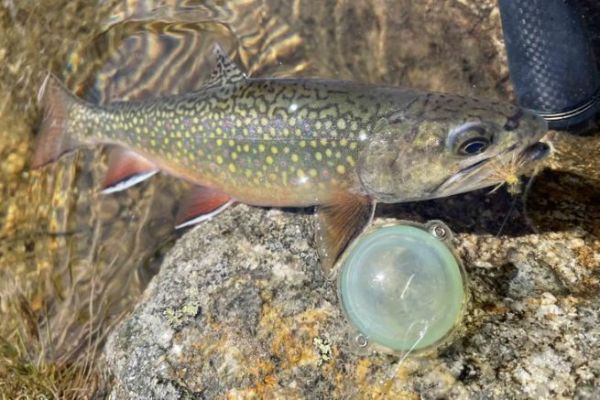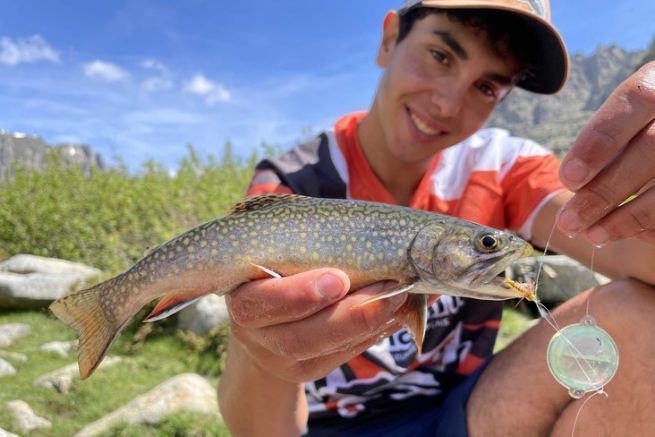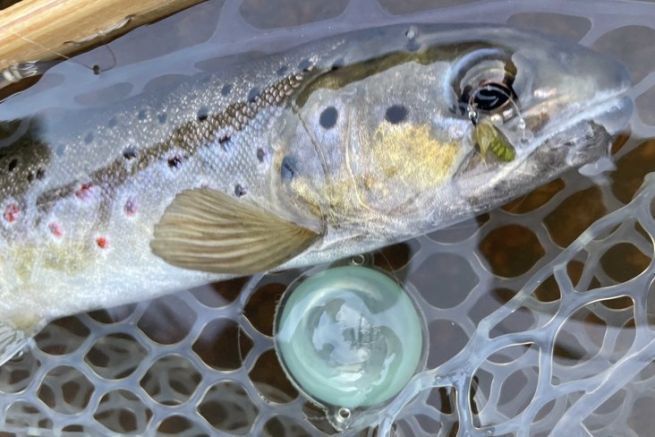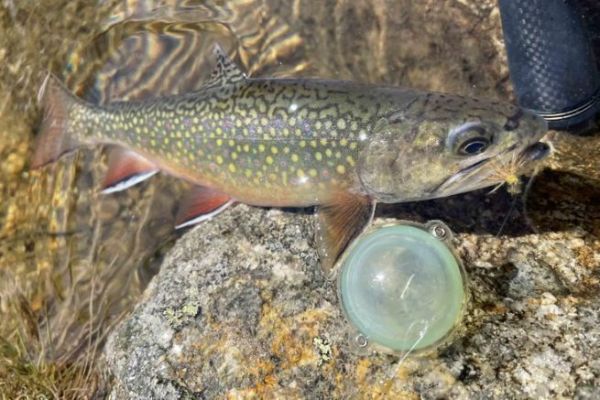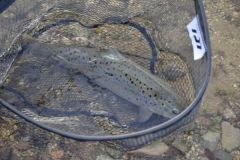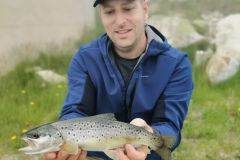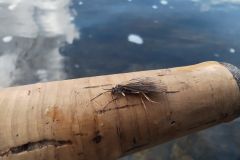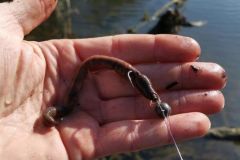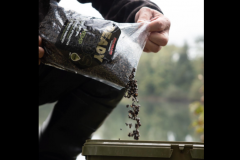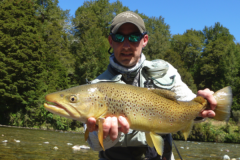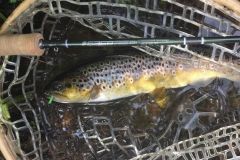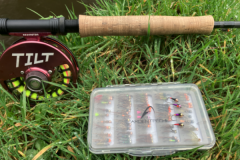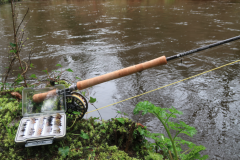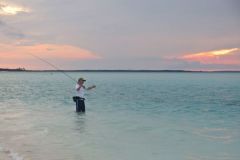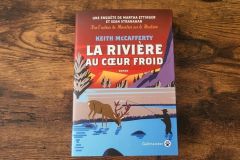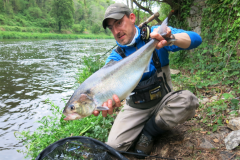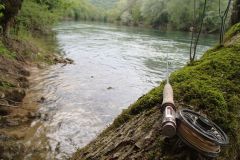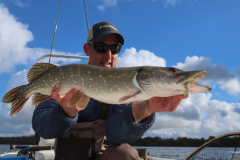A pattern that is sometimes essential
In lakes, and more particularly in mountain lakes, salmonids sometimes feed exclusively on insects. Although it is possible to hit them with lures, it is much more interesting and fruitful to target them with a fly. However, fly fishing with a whip is a technical fishery that requires specific equipment that can be costly in time and money. The alternative of the buldo fly is then interesting and can really change the game of some sessions, all with your usual spinning equipment. This technique also allows you to reach long casting distances that no other fly fisherman could reach.
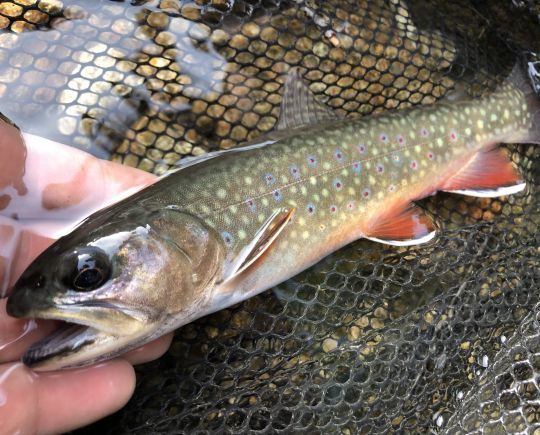
Equipment for lake fishing with buldo
Lake fishing requires a fairly long rod that will allow both longer casts, and therefore sweep more surface with each cast, and gain in accuracy. Indeed, the absence of obstacles, contrary to a river, authorizes the use of rods of more than 2,30 m. This one will be equipped with a reel size 2000 filled with fine braid (PE0.4 to PE0.6) to gain even more casting distance and to touch fish that nobody reaches. The use of a soft buldo is not as important as for river fishing. Instead, choose a model that is as transparent as possible to remain discreet, as the water is generally very clear in mountain lakes.
In some lakes, it is not uncommon to come across frenzied gobbling. It is then possible to put 3 dry flies on the rig, and it is frequent to make doubles, in particular on the brook salmon, very present in certain lakes.
The fishing action
There are two different approaches to lake fishing with buldo. The first is to cast your rig into an area and wait for a fish to get on it. This zone can be a rock head, a water inlet or a sector on which many gobages are observed. The ideal is to throw a few meters behind and to bring back gently on the zone, guaranteeing a maximum of discretion.
If after one or two minutes nothing happens, make the flies jump a little on the water by limiting the movement of the buldo to the maximum. This little animation makes them identifiable to predators and sometimes triggers fish to wait just below the surface.

The second approach is to fish in linear. Few fishermen try this animation which is however formidable. The idea is to cast your rig as far as possible and bring it back very, very slowly, like an insect moved by the wind.
This retrieve with the line always a little tense, allows to avoid a lot of misses at the strike, and to scan more surface to find the active fish.
